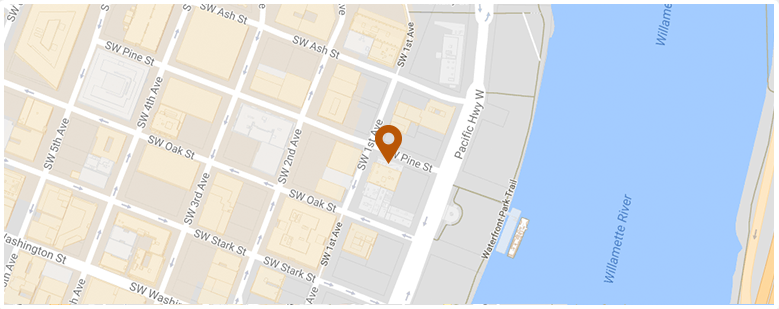Parents and other caregivers strive daily to keep their children as safe as possible. Sometimes they fail to do so, not because of any mistake they made, but because a product they relied upon did not function as it should have. When that happens and a child suffers significant harm, the manufacturer should be held to account for putting an unsafe product on the market. If your child has been hurt by a defective product, a knowledgeable Oregon child injury lawyer can provide you with essential information, advice, and advocacy to guide you through the process of seeking justice through civil litigation.
One place where a child is most exposed to potential death or serious injury is riding in a car, truck, or SUV. Advances in car seat manufacturing have made kids safer than previous generations. Nevertheless, potential problems still arise that may place children at unreasonable risks when they ride down the road. Child car seats, like any product, are an item where the development of new technology sometimes comes with new flaws and new hazards. Evenflo recently developed a car seat that rotates on its base, allowing a caregiver the opportunity to place the child in the seat while the child faces outward, and then rotate the seat into the proper position for travel.
Currently, the National Highway Traffic Safety Administration is investigating that car seat after receiving nearly 20 complaints about it. The agency indicated in its investigation summary that the product “appears not to comply with a number of” requirements. The summary also said the agency was “aware of at least six crash incidents in the field during which the [seat’s] shell… reportedly separated from its detachable base.” In other words, the seat broke free from its base while it was still supposed to be locked.
 Oregon Injury Lawyer Blog
Oregon Injury Lawyer Blog


